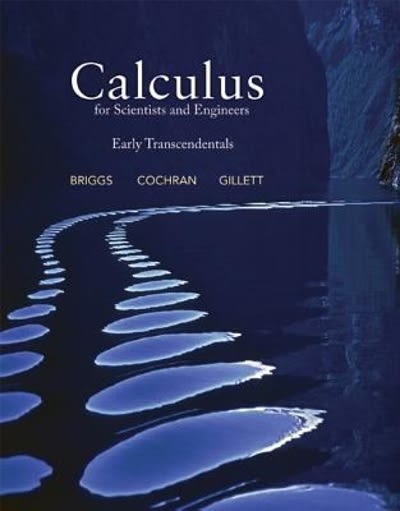Question
. In this new approach, five volunteers are each situated in front of a pair of keyboards (one using traditional keys, and one using butterfly
. In this new approach, five volunteers are each situated in front of a pair of keyboards (one using traditional keys, and one using butterfly keys). Over the course of a typing exercise, the users are asked to periodically switch from using one keyboard to the other in an alternating pattern that causes the overall time spent with each keyboard to be the same at the end of the exercise. The results in words-per-minute (WPM) for these five individuals are shown in the following table: Participant Classic Keyboard WPM Butterfly WPM 1 41 36 2 70 62 3 25 20 4 63 58 5 58 41 Table Q4: Participant Performance on either classic keyboards or butterfly keyboards, reported in words-per-minute (WPM)[3]
(a) Carry out a two-tailed, paired t-test to compare the words per minute typed on the two different models of keyboard. State your hypotheses and show all your work. You may use geogebra to help out with computations for this problem. 6
(b) How do the results of this new experimental design (introduced in question 4) compare to the results of the original experimental design (used in question 3)? Do they suggest different conclusions about the word-per-minute efficiency of the two keyboards?
(c) The sample data suggests there is a lot of variability in typing skill from one participant to the next (even though all participants were selected from a pool of veteran laptop users). : do butterfly keyboards differ from traditional keyboards in terms of user words-typed-per-minute? Explain your reasonin

Step by Step Solution
There are 3 Steps involved in it
Step: 1

Get Instant Access to Expert-Tailored Solutions
See step-by-step solutions with expert insights and AI powered tools for academic success
Step: 2

Step: 3

Ace Your Homework with AI
Get the answers you need in no time with our AI-driven, step-by-step assistance
Get Started


